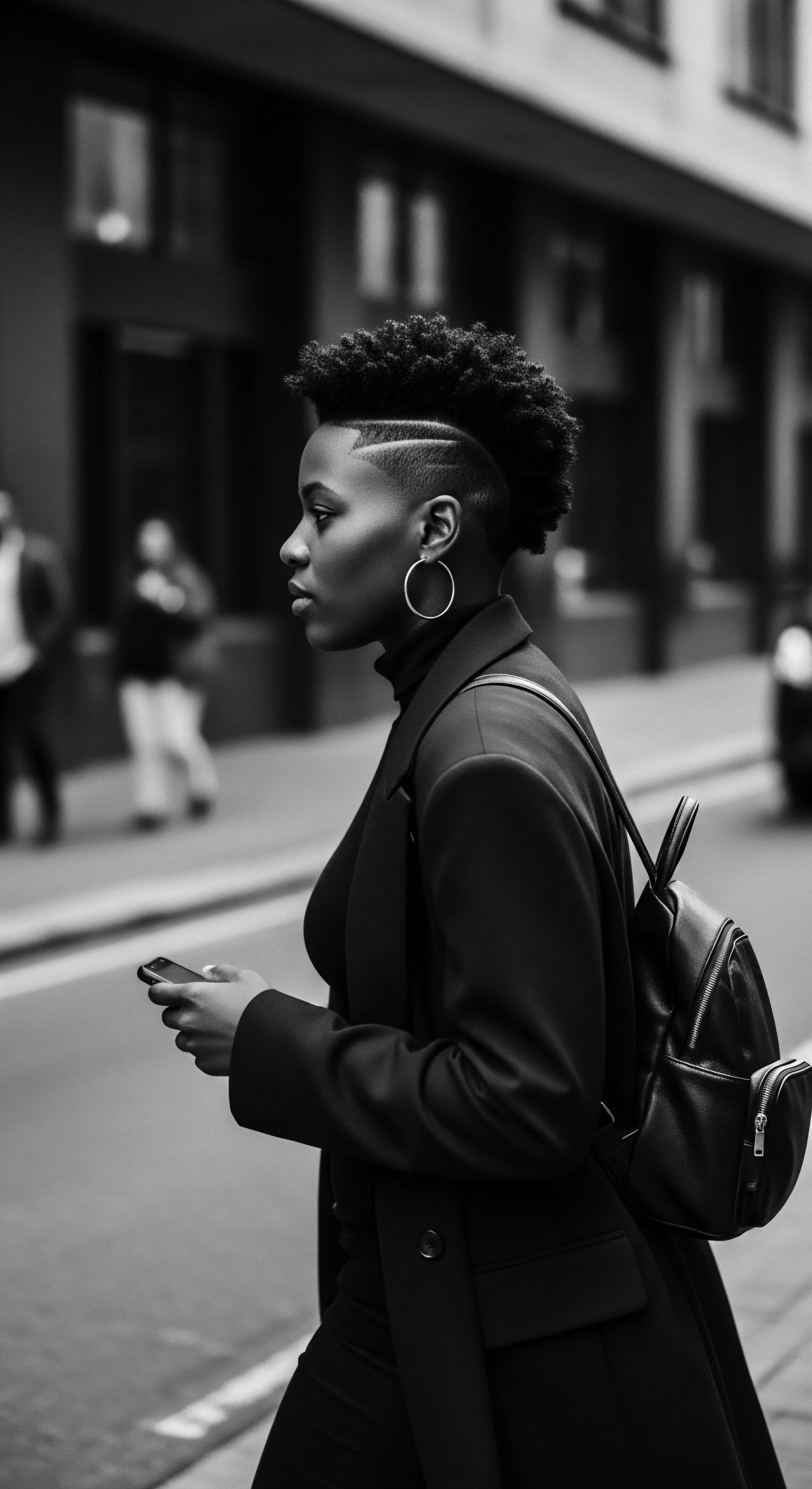
How did African food heritage strengthen textured hair through history?
African food heritage strengthened textured hair through nutrient-dense diets and topical applications, rooted in ancestral wisdom.

In what ways did ceremonial henna applications contribute to textured hair health and cultural resilience over time?
Ceremonial henna applications fortified textured hair by binding to keratin, offering protection and shine, while simultaneously serving as a powerful symbol of cultural identity and ancestral connection over time.

How did rhassoul clay’s mineral content aid textured hair?
Rhassoul clay’s minerals, like magnesium and silica, gently cleansed, conditioned, and fortified textured hair within ancestral traditions.

What minerals fortify textured strands?
Minerals like zinc, iron, and silica fortify textured strands by supporting keratin production and scalp health, echoing ancient heritage practices.

Can ancient hair oiling practices strengthen textured hair?
Ancient oiling practices strengthen textured hair by enriching its structure and linking it to a heritage of resilient care.

What traditional ingredients shaped heritage hair health?
Traditional ingredients like shea butter and Chebe powder deeply shaped textured hair heritage by providing elemental protection and nourishment.

How did traditional dyes benefit textured hair health?
Traditional dyes, derived from plants, bolstered textured hair health by conditioning, strengthening, and soothing the scalp, preserving a vital heritage.

How does the pH of traditional clays affect textured hair health?
Traditional clays affect textured hair health through their pH, historically managed with ancestral wisdom to preserve hair's vitality.

